 This is interesting. My eye goes first to the clock, so that makes it the focal point. But it happens to be in an unorthodox location as focal points go - in the upper third of the picture and very close to the edge of the frame. Why doesn't it lead my eye out of the photo? Why do I have a sense of it being balanced, despite its location?
This is interesting. My eye goes first to the clock, so that makes it the focal point. But it happens to be in an unorthodox location as focal points go - in the upper third of the picture and very close to the edge of the frame. Why doesn't it lead my eye out of the photo? Why do I have a sense of it being balanced, despite its location?I think the round shape of the clock plays a key role. It leads my eye around and around, rather than out. And the hands on the clock are also an important visual cue. The long hand points down and back into the middle of the photo, where I am then engaged by the busy lights, and the mirror and the waitress. The stainless steel vent and coffee urns lend visual weight to the photo and balance the clock. Their placement also encourages the viewer's eye to stay inside the frame, where there is still more to see.
And by the way, it's always Christmas at Mi Tierra!












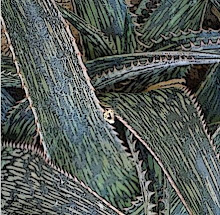
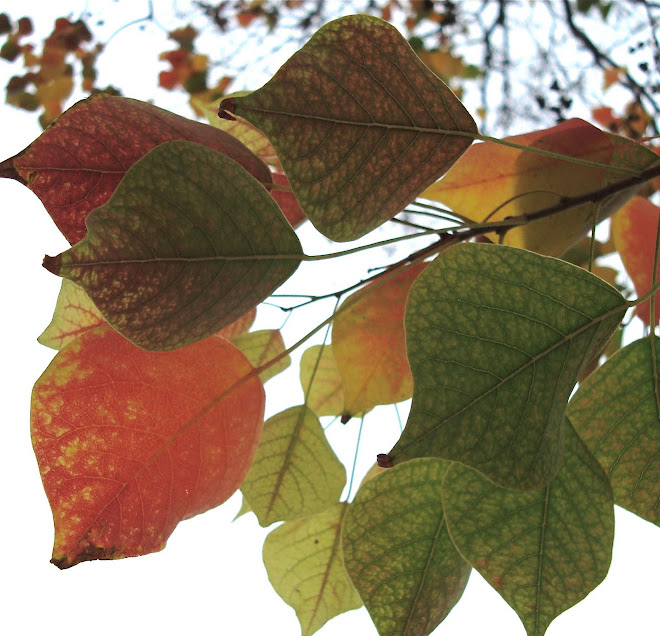
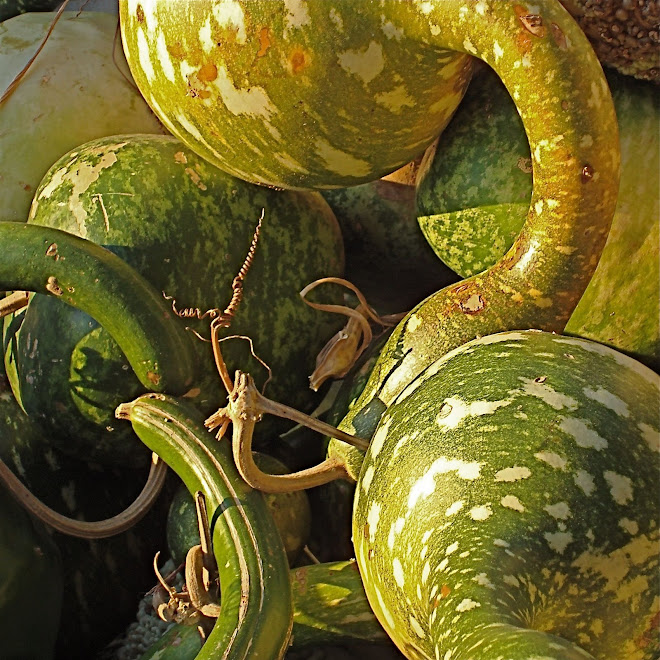
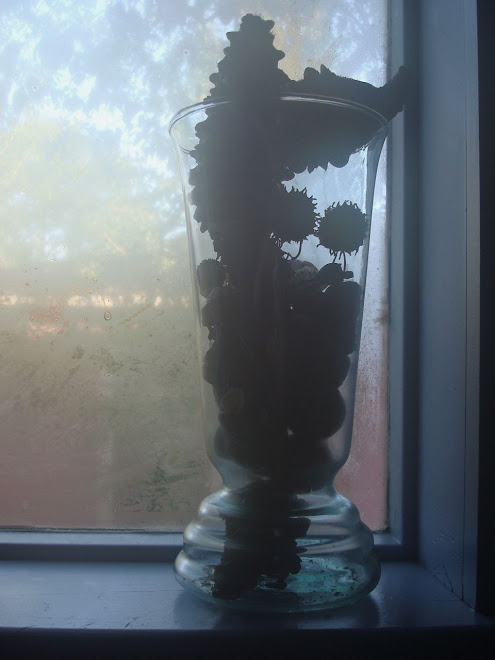
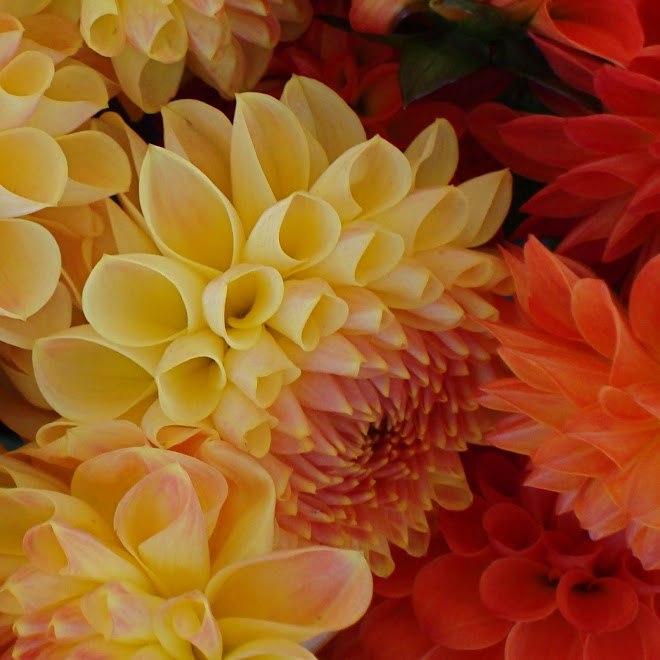
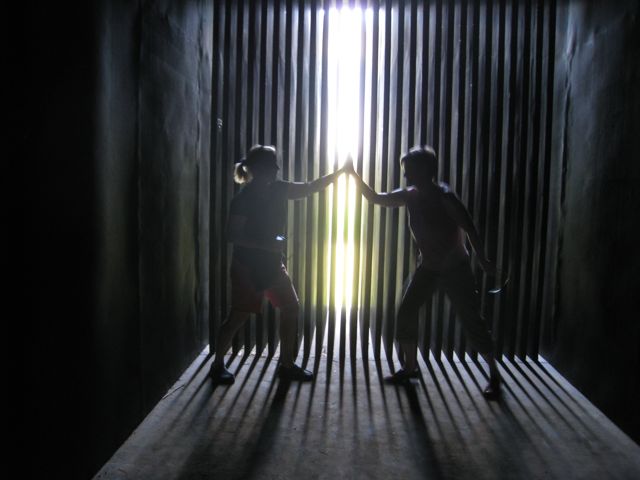
4 comments:
When I first looked at the photo I saw three distinct horizontal layers.
I'm really enjoying what you are doing here.
The clock face grabs my attention right away, but then it's the glow in the photo to the right and the golden glow of the lights below that cause my eye to circle.
I'm also enjoying your visual exercises each day. Thank you for sharing your photos.
What a great commentary on time - frozen above the strong horizontal division in the framed pictures next to the clock and the sense of infinity below in the reflection. I think that works especially well because the image in the mirror is a window, rather than a wall, and that helps keep the composition from getting too busy.
It is interesting how difficult it is to eliminate the attraction of the clock. I guess a lot of it has to do with how easy it is to 'read' - it is giving us simply understood information, whereas the rest needs a little bit of effort.
I'm enjoying your daily practice, thanks.
Post a Comment